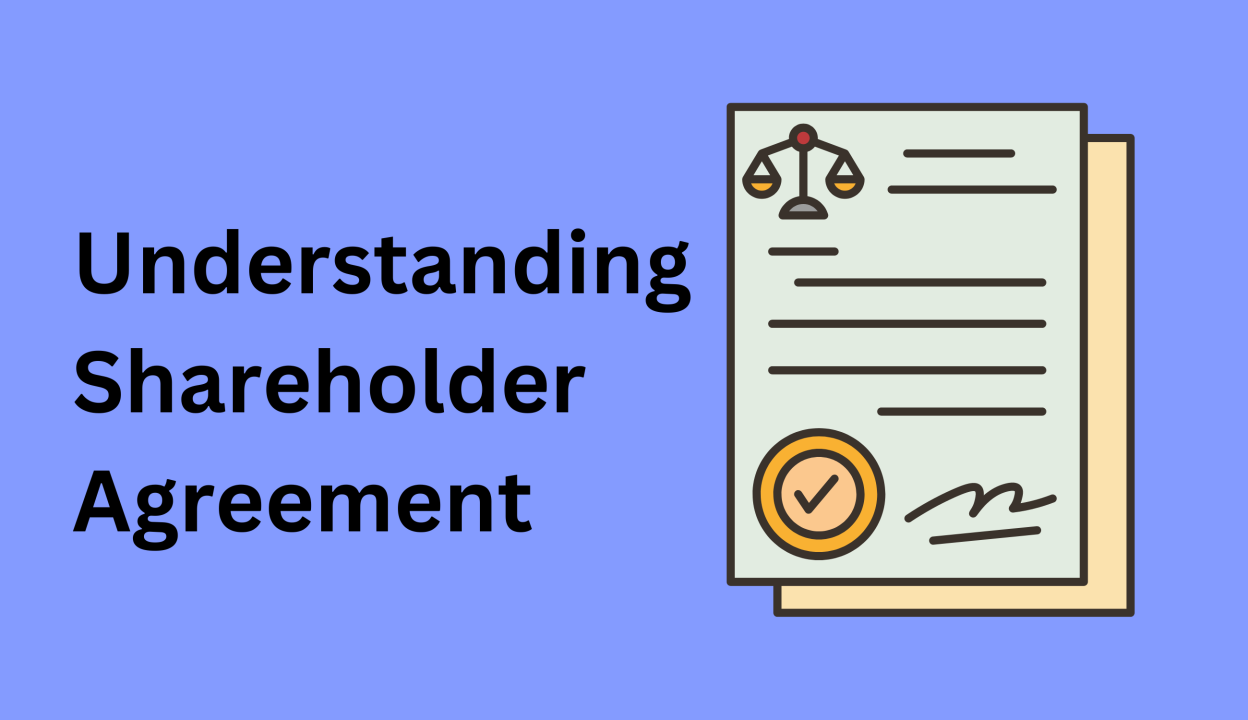Shareholder Agreement
What is a Shareholder Agreement
Definition:
A shareholder agreement is a legally binding contract among the shareholders of a company that outlines their rights, responsibilities, obligations, and protections. It serves as a foundational document that governs the relationship between shareholders and provides mechanisms for addressing various issues that may arise during the life of the company.
Analogy:
Think of a shareholder agreement as a blueprint for a cooperative construction project. Just as a blueprint lays out the structure, design, and rules for constructing a building, a shareholder agreement defines the structure, governance, and rules for operating a company, ensuring that all parties involved understand their roles and obligations.
Further Description:
Shareholder agreements typically cover key areas such as:
Ownership and Equity Structure: Detailing the percentage of ownership held by each shareholder and the classes of shares issued by the company.
Management and Decision-Making: Defining the roles and responsibilities of shareholders in managing the company’s affairs, including voting rights, appointment of directors, and decision-making processes.
Transfer of Shares: Establishing rules and restrictions governing the transfer of shares among shareholders, including rights of first refusal, pre-emption rights, and conditions for sale or transfer.
Governance and Control: Outlining mechanisms for resolving disputes, conducting shareholder meetings, and making significant corporate decisions.
Dividends and Distributions: Specifying procedures for distributing profits, declaring dividends, and reinvesting earnings back into the company.
Why is a Shareholder Agreement Important?
Clarity and Consistency: A shareholder agreement provides clarity on the rights, obligations, and expectations of shareholders, fostering transparency and consistency in corporate governance.
Conflict Resolution: By addressing potential conflicts and contingencies upfront, a shareholder agreement helps mitigate disputes and facilitates prompt resolution through agreed-upon mechanisms.
Protection of Interests: The agreement safeguards the interests of minority shareholders and ensures fair treatment in decision-making processes, protecting their investment in the company.
Stability and Continuity: Establishing clear guidelines for ownership, management, and succession planning promotes stability and continuity in the company’s operations, even in times of transition or change.
Examples and Applications:
- A startup company enters into a shareholder agreement to allocate voting rights and decision-making authority among its founders and early investors.
- A family-owned business implements a shareholder agreement to delineate the roles and responsibilities of family members involved in the company’s management and ownership.
- A publicly traded corporation drafts a shareholder agreement to address governance issues, such as proxy voting, board composition, and shareholder activism.
Key Takeaways:
- A shareholder agreement is a contractual arrangement among shareholders that governs their rights, responsibilities, and protections within a company.
- It covers areas such as ownership structure, management, share transfers, governance, and dividends.
- Benefits include clarity, conflict resolution, protection of interests, stability, and continuity in corporate affairs.
- Examples of shareholder agreement applications include startups, family-owned businesses, and publicly traded corporations.
Table of Contents





